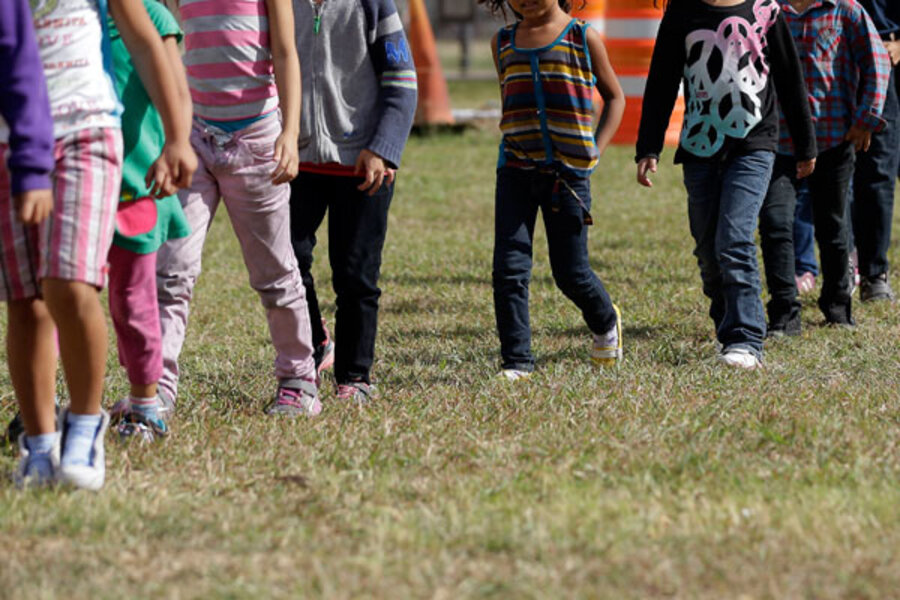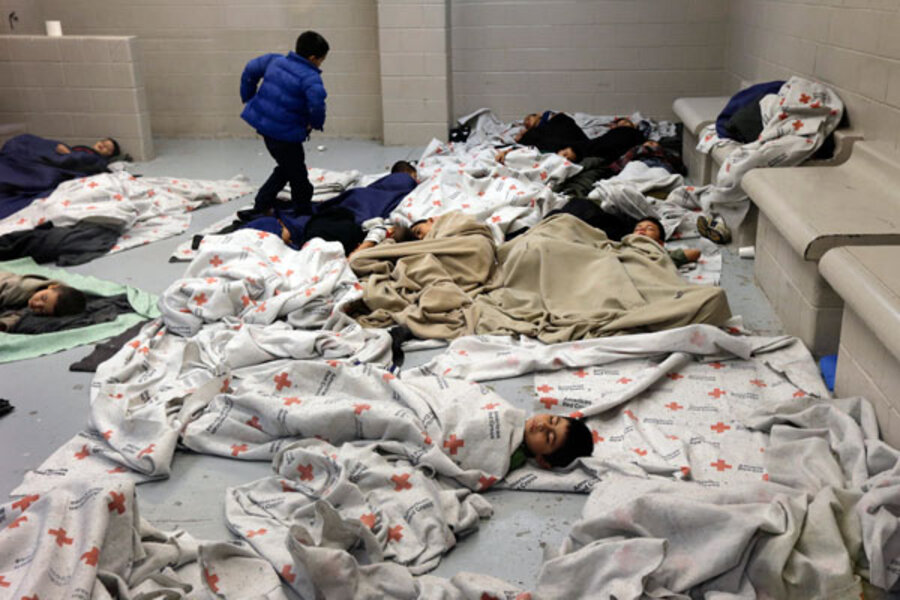That’s a term used by the Department of Homeland Security (DHS) to categorize many of the children who have flooded across the southern US border since last October. Many of them are in fact not alone, and some are even accompanied by a parent, but are classified as “unaccompanied alien children,” because of how they are processed.
To avoid classification as “unaccompanied,” a child must prove that any accompanying adult is either a parent or guardian. DHS used to extend custody to close family members, like grandparents and adult siblings, but opted for a stricter definition in 2006. Even if an accompanying adult is confirmed to be a parent or guardian, that adult may be placed in detention as a criminal alien, separate from the child, and so the child becomes “unaccompanied.”
Also, a lack of bed space may force a child’s adult companion to be housed in separate facilities, rendering the child “unaccompanied.”








